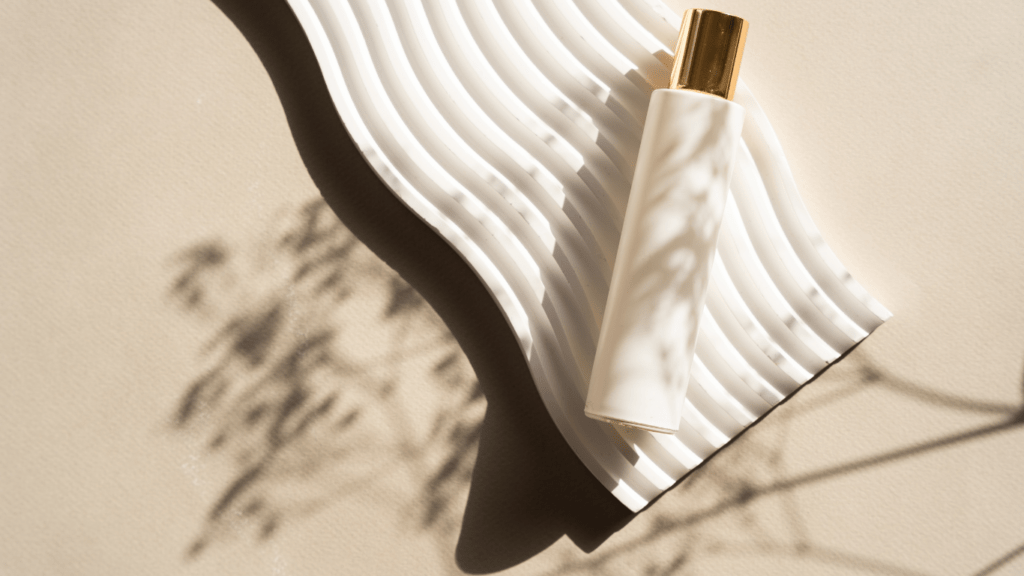The Rise of Sustainable Beauty
The beauty industry has seen significant changes as more brands adopt sustainable practices. Major companies and indie brands alike are revolutionizing the sector with eco-friendly innovations.
Growth of Conscious Consumerism
Conscious consumerism has driven this shift in the beauty industry. Consumers increasingly prefer products that align with their values, focusing on sustainability, cruelty-free testing, and ethical sourcing. A study by Nielsen found that 66% of global consumers are willing to pay more for sustainable brands, underscoring the growing demand for responsible beauty options.
Adoption of Green Ingredients
Sustainable beauty brands focus on using green ingredients. These ingredients, often plant-based and organic, have less environmental impact. Brands like Tata Harper and Herbivore Botanicals showcase how high-quality products can emerge from sustainably sourced materials.
Innovations in Packaging
Innovations in packaging are a critical part of sustainable beauty. Many companies now use biodegradable, reusable, and recyclable materials to reduce waste. For example, Lush uses minimal packaging and offers package-free products. BYBI Beauty uses recyclable sugarcane polymer for their containers, making significant strides in reducing plastic use.
Ethical Business Practices
Ethical business practices are another hallmark of sustainable beauty. Brands commit to fair trade practices, ensuring their supply chains don’t exploit workers. Companies like The Body Shop and Fair Squared emphasize transparency and ethical sourcing, setting benchmarks for the industry.
Impact on Market Trends
Sustainable beauty shapes market trends. The demand for eco-friendly products pushes traditional brands to adopt greener practices and spurs new entrants aiming for sustainability. The effect is a more dynamic, responsible beauty market.
Role of Certifications
- Certifications play a crucial role in the rise of sustainable beauty.
- Labels like USDA Organic, Leaping Bunny, and Fair Trade Certified help consumers identify genuinely sustainable products.
- Brands with these certifications stand out in a crowded market, assuring consumers of their commitment to eco-friendly practices.
Community and Education
Community engagement and education are vital in driving sustainable beauty.
Brands frequently engage in campaigns and initiatives to educate consumers about sustainability. For instance, the Beauty Heroes subscription service promotes sustainable beauty by curating monthly boxes of eco-friendly products and sharing sustainability stories.
Future Outlook
The future looks promising for sustainable beauty.
With ongoing advancements in sustainability, ethical practices, and consumer education, the beauty industry continues to evolve.
As this trend grows, we can expect even more innovations and a stronger emphasis on eco-friendly practices, setting a new standard for beauty care.
Key Features of Eco-Friendly Beauty Brands

Sustainable beauty brands boast several eco-friendly features that set them apart from conventional brands. These features are crucial in determining a brand’s environmental impact.
Ingredients and Sourcing
Eco-friendly beauty brands prioritize natural, organic, and ethically sourced ingredients. They often use plant-based oils, extracts, and minerals that are biodegradable and non-toxic. By avoiding harmful chemicals like parabens, sulfates, and synthetic fragrances, these brands ensure that their products are safe for users and the environment. Brands also focus on fair trade and sustainable harvesting practices, supporting local communities and preserving biodiversity. Certifying bodies like USDA Organic and Fair Trade ensure that these standards are met.
Packaging Innovations
Innovative packaging solutions are another hallmark of eco-friendly beauty brands.
- Recyclable materials, biodegradable packaging, and minimalistic designs are common features.
- Brands are shifting from plastic to materials like glass, aluminum, and paper, which have a lower environmental footprint.
- Some companies use refillable containers and offer incentives for returning used packaging.
- By reducing waste and resource consumption, these packaging innovations help minimize the beauty industry’s impact on the planet.
Leading Eco-Friendly Brands
Eco-friendly beauty brands are revolutionizing the industry. Below are some leading names making significant waves.
Brand 1: RMS Beauty
RMS Beauty focuses on clean, biodegradable ingredients. Their makeup features certified organic, non-toxic components. They package their products in recyclable or reusable materials to minimize environmental impact. Examples of their standout products include the “Un” Cover-Up concealer and the Living Luminizer highlighter. RMS Beauty ensures sustainable practices across its supply chain, focusing on ethical sourcing and minimizing waste.
Brand 2: Aveda
Aveda is a frontrunner in sustainable beauty. They utilize 100% post-consumer recycled plastic in product packaging. Their formulations use naturally-derived ingredients, with up to 90% coming from organic sources. One major achievement is their Full Spectrum hair color line, made with 96% naturally derived ingredients. Aveda also supports renewable energy projects through wind power purchase agreements, reinforcing their commitment to the environment.
Brand 3: Elate Beauty
Elate Beauty is dedicated to ethical production and sustainability. They offer refillable makeup products and use bamboo for packaging, which is both renewable and biodegradable. Their lipsticks and eye shadows, for instance, come in reusable components. Elate Beauty champions cruelty-free practices and ensures all products are free from harmful chemicals. They provide a recycling program encouraging customers to return used packaging, promoting a circular economy.
Benefits of Switching to Sustainable Beauty Products
Switching to sustainable beauty products has numerous advantages. These encompass environmental, health, and economic benefits.
Environmental Impact
Sustainable beauty products significantly reduce environmental harm. These products often use biodegradable ingredients and packaging, which decreases pollution. For example, brands like Aveda use post-consumer recycled materials, conserving natural resources. Adopting ethical sourcing practices ensures that raw materials are sustainably harvested, which protects ecosystems and biodiversity.
Health and Safety
Sustainable beauty products offer improved health and safety. They often exclude harmful chemicals, making them safer for both users and manufacturers. For instance, brands like RMS Beauty emphasize non-toxic ingredients, reducing the risk of allergies and skin irritations. Clean formulations also mean fewer endocrine disruptors and carcinogens, leading to better long-term health outcomes.
Economic Advantages
Consumers enjoy several economic advantages by switching to sustainable beauty products. While initial costs might seem higher, these products often last longer due to their high-quality ingredients. Refillable and reusable packaging, such as those provided by Elate Beauty, also reduce overall spending. Additionally, supporting these brands fosters market growth for sustainable practices, encouraging industry-wide shifts toward more affordable eco-friendly alternatives.
Challenges and Criticisms
Despite the positive trends in sustainable beauty, several challenges and criticisms surface.
Accessibility and Affordability
Many sustainable beauty products come at a premium price point, which can alienate budget-conscious consumers. High production costs for eco-friendly materials and ethical sourcing often contribute to these elevated prices. Additionally, these products are sometimes hard to find in brick-and-mortar stores, limiting access for some.
Greenwashing Concerns
Greenwashing, where brands falsely market products as sustainable, remains a significant issue. This practice misleads consumers and undermines genuine eco-friendly efforts. Without stringent regulations and transparency, it’s difficult to distinguish between truly sustainable brands and those engaging in deceptive green marketing. This lack of clarity can erode consumer trust and hinder the movement toward genuinely sustainable beauty practices.



 Founder of Divine Glamour Trail, a platform that delivers the latest news and updates on hairstyle trends, beauty secrets, and skincare advice. With a passion for timeless fashion and a commitment to offering expert style guidance, Jeffreyon shares tips and insights that inspire readers to elevate their personal style. His platform blends modern trends with classic elegance, offering practical advice that empowers individuals to feel confident and look their best. Divine Glamour Trail has become a trusted source for anyone seeking to stay current in the world of fashion and beauty.
Founder of Divine Glamour Trail, a platform that delivers the latest news and updates on hairstyle trends, beauty secrets, and skincare advice. With a passion for timeless fashion and a commitment to offering expert style guidance, Jeffreyon shares tips and insights that inspire readers to elevate their personal style. His platform blends modern trends with classic elegance, offering practical advice that empowers individuals to feel confident and look their best. Divine Glamour Trail has become a trusted source for anyone seeking to stay current in the world of fashion and beauty.
